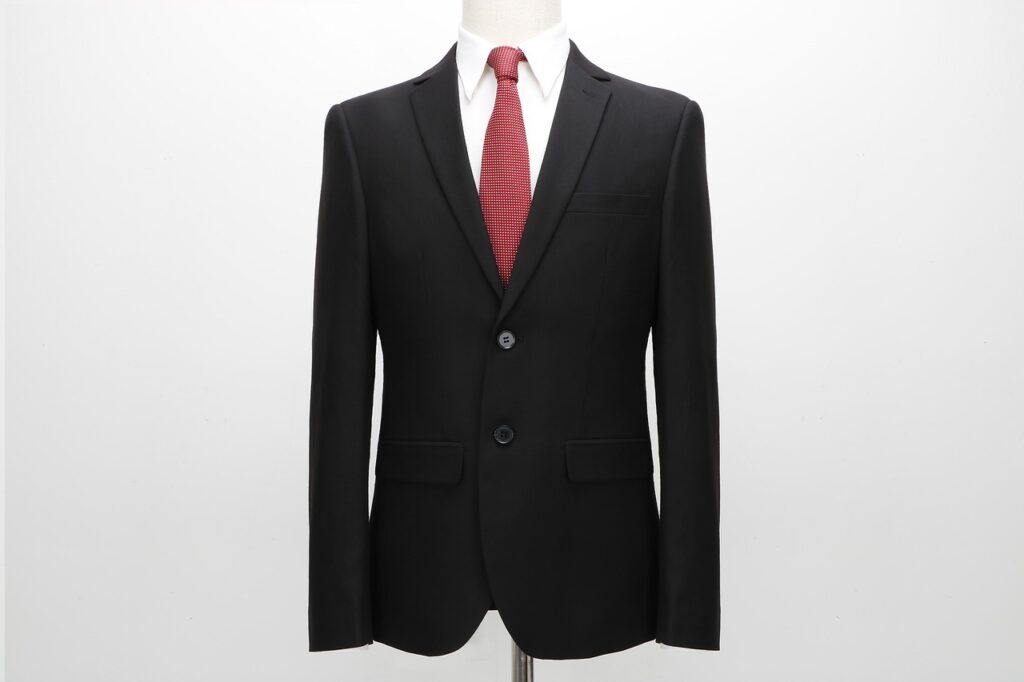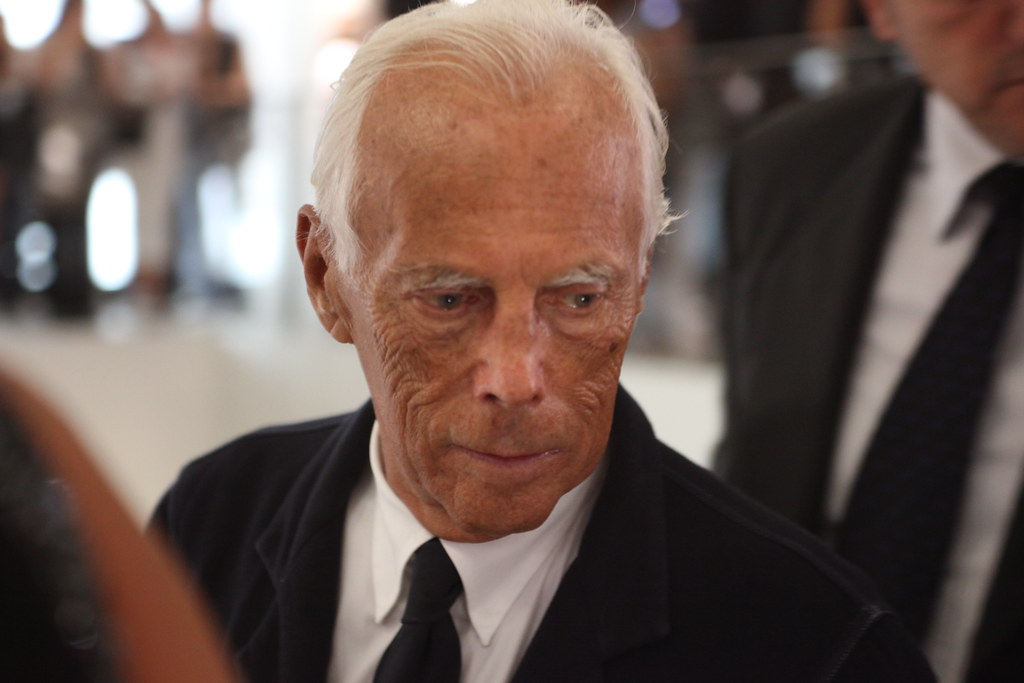
Giorgio Armani, the illustrious Italian designer credited with profoundly reshaping modern fashion, died on Thursday at his home in Milan, aged 91. His passing was announced by the Armani Group, which emphasized that the visionary “worked until his final days,” dedicating himself tirelessly to his company and collections. The fashion world mourns the loss of a “Maestro recognized for his elegance and creativity, and an undisputed protagonist of Italian and international fashion,” as acknowledged by Miuccia Prada and Patrizio Bertelli.
Mr. Armani was a designer who, in his lifetime, famously “rewrote the rules of fashion not once but twice.” He became a household name by re-imagining the man’s suit, softening its traditional internal structure to “reveal the body inside,” a departure that created a new male uniform in the early 1980s. This innovation soon extended to women, with a “feminized suit” redefining professional attire and power dressing, while his alliance with Hollywood stars made his name “all but synonymous with red-carpet dressing.”
This article explores Giorgio Armani’s extraordinary life and career, examining pivotal moments and groundbreaking innovations. From his formative experiences in wartime Italy and unexpected entry into fashion to his revolutionary designs and global empire, we delve into the multifaceted contributions of a man whose influence transcended mere clothing, shaping culture and style for decades. His journey, marked by personal resilience and unparalleled business acumen, left an indelible mark.
1. **Revolutionizing Men’s Suiting: The Genesis of the Unstructured Form** Giorgio Armani’s initial monumental contribution to fashion stemmed from a remarkably simple yet revolutionary concept: the deconstruction and softening of the traditional men’s suit. Drawing inspiration from “traditional Neapolitan tailors,” he fundamentally altered the internal structure of male formal wear, marking a radical departure from the stiff, padded silhouettes that had long dominated men’s professional attire.
By meticulously “removing shoulder pads and canvas linings,” Mr. Armani unveiled a new paradigm for suiting that allowed the garment to flow more naturally, “to reveal the body inside.” The result was a design epitomizing an “easy and almost louche sensuality,” a stark contrast to the “stuffy establishment attire” of the time, swiftly crystallizing into “a new male uniform.”
This fresh approach, developed in the late 1970s and early 1980s, offered a compelling alternative for men, blending sophistication with a relaxed sensibility. The designer’s career-defining unlined jacket, introduced soon after he formed his own company in 1975, directly manifested this philosophy, “signal[ing] a definitive turn away from traditional male business attire” and establishing a blueprint for modern menswear that prioritized fluidity and understated grace.
2. **Empowering Women’s Professional Attire: A New Vision for Power Dressing** Giorgio Armani’s innovative suit designs rapidly “found favor among a female clientele,” extending his profound impact beyond menswear. Recognizing women’s evolving roles, Mr. Armani adapted his unstructured tailoring to create a distinctive “feminized suit” that offered a powerful and sophisticated alternative to existing options.
As Deborah Nadoolman Landis, a costume designer and historian, observed, the question for women entering the workforce in the post-1960s era became, “How do you professionalize that look when those women start entering the work force?” Mr. Armani provided a definitive answer: “You professionalize it by wearing a feminized suit from Armani.” His designs skillfully positioned themselves “somewhere between the stuffy establishment attire” and “prim skirt suits,” thus creating “an alternative form of power dressing.”
The Armani suit, rendered in crepe or cashmere and cast in a somber palette, provided an “occupational armor” both empowering and elegantly practical. Its “sexy though sober styling” was a welcome contrast to “dull separates” and “frothy concoctions” of the era. For a period, an Armani suit emerged as “the default uniform of authority” in various corporate settings, redefining modern professional wear.

3. **The Dawn of Celebrity-Fashion Alliance: Forging a Path to Red-Carpet Iconography** Beyond his revolutionary tailoring, Giorgio Armani’s second profound recasting of fashion’s canon originated from his deep-seated “passion for the movie world.” He intuitively understood the burgeoning influence of cinema and celebrity, aligning himself with movie stars “sooner and perhaps better than anyone else in the industry.” This strategic alliance effectively made “his name all but synonymous with red-carpet dressing,” forever altering the relationship between high fashion and public figures.
In an era where the symbiosis of celebrity and fashion is “so institutionalized,” Mr. Armani was a trailblazer, “among the first to court them.” He established a “corporate beachhead in Hollywood” to “identify and cater to the sartorial needs of the occupationally fabulous.” The model and actress Lauren Hutton affirmed this pioneering spirit, stating, “Giorgio started the whole thing of giving clothes to celebrated people, public figures. Designers really didn’t give away clothes back then.”
Mr. Armani did so “lavishly,” ensuring that “movie stars like Michelle Pfeiffer, whom he referred to as an early muse,” consistently appeared at awards shows in clothes that “boosted their currency in the emerging realm of fashion as mass entertainment.” He told The Telegraph, “I was one of the first designers to dress stars on and off screen. I helped them feel more confident and relaxed,” highlighting his role in shaping Hollywood’s confident public image.

4. **”American Gigolo” and Mainstream Recognition: The Film That Cemented a Legacy** The film that most indelibly etched Giorgio Armani’s name into mainstream consciousness was Paul Schrader’s 1980 noir tale, “American Gigolo.” Audiences and critics alike were captivated by a particular scene where a bare-chested young Richard Gere, portraying a high-end escort, meticulously selects his evening’s wardrobe from “an array of sensual earth-tone suits and knit ties.” This cinematic moment transformed the Armani suit into an instant “status symbol.”
Mr. Armani himself acknowledged the film’s profound impact, stating that Mr. Gere “succeeded in displaying the sensual, natural feel of my style and the new relationship between the garment and the body it represented.” He added, “Thanks in part to that film, my label rapidly became a household name,” a testament to the power of visual storytelling in disseminating fashion trends, despite ongoing debate about whether Mr. Gere actually wore Armani on screen.
Costume historian Ms. Landis clarified that “the only actual Armani in the movie ‘is what you see Richard Gere looking at in his closet and on his bed, the folded clothes,'” but noted “it little mattered” as “There was a magical synchronicity between that moment in men’s fashion, film and Armani’s career.” The film’s influence was undeniable, particularly Mr. Gere’s “bristling, insolent sexuality,” which triggered a significant “shift… in the rules of dressing” across various spheres.

5. **Expanding Cinematic Influence: From Silver Screen to Television Series** Giorgio Armani’s indelible mark on cinema and television extended far beyond the seminal impact of “American Gigolo.” His distinctive designs “would be seen onscreen as well as off,” gracing a continuously evolving roster of acclaimed productions and influential stars, further solidifying his brand’s association with elegance and modernity in popular culture.
Notable actors who wore his creations in films included Sean Connery and Robert De Niro in “The Untouchables” (1987); Christian Bale and Michael Keaton in separate iterations of the “Batman” franchise; and Leonardo DiCaprio in “The Wolf of Wall Street” (2013). Each appearance showcased the versatility and timeless appeal of Armani’s aesthetic, reinforcing his status as a go-to designer for characters requiring an aura of authority, style, or refined rebellion.
Perhaps one of the most widely recognized instances of Armani’s influence in television came through the hit 1980s police drama “Miami Vice.” Don Johnson’s character famously sported “a pale Armani jacket over a T-shirt,” a sartorial choice that immediately resonated with audiences and “created another new template for casual attire.” The continuous integration of Armani’s designs into prominent narratives underscores his keen understanding of visual storytelling and its power to shape public perception.

6. **Early Life and Unforeseen Path: Wartime Resilience and Medical Aspirations** Giorgio Armani’s beginnings offered little to suggest his eventual trajectory as a global fashion icon. Born on “July 11, 1934, in Piacenza,” he was the middle of three children. His father held a clerical position in the offices of the local Fascist party. The terrors of wartime Italy indelibly marked his formative years; in 1940, their “family home was struck by a shell” during Allied bombing, though they emerged unscathed.
However, Mr. Armani’s childhood was further shadowed by a severe injury shortly after the war’s conclusion. Before he was 10, “a live mine detonated on a street near his home and set him ablaze.” This horrific incident led to a six-week convalescence, recounted in a 2015 interview: “I suddenly closed my eyes and didn’t open them again for 20 days… It was hard for me because they weren’t sure if I would ever be able to see again.” He ultimately recovered, bearing only “a scar where a shoe had burned into his foot.”
This traumatic period profoundly influenced his early ambitions. “As a result of the experience, he would later set his mind on pursuing a career in medicine,” viewing it as “a noble and selfless profession,” inspired by A.J. Cronin’s books. He initially studied medicine at the University of Milan, before a “brief and unpromising stint there” led him to join the Army, where his medical training assigned him to an infirmary.
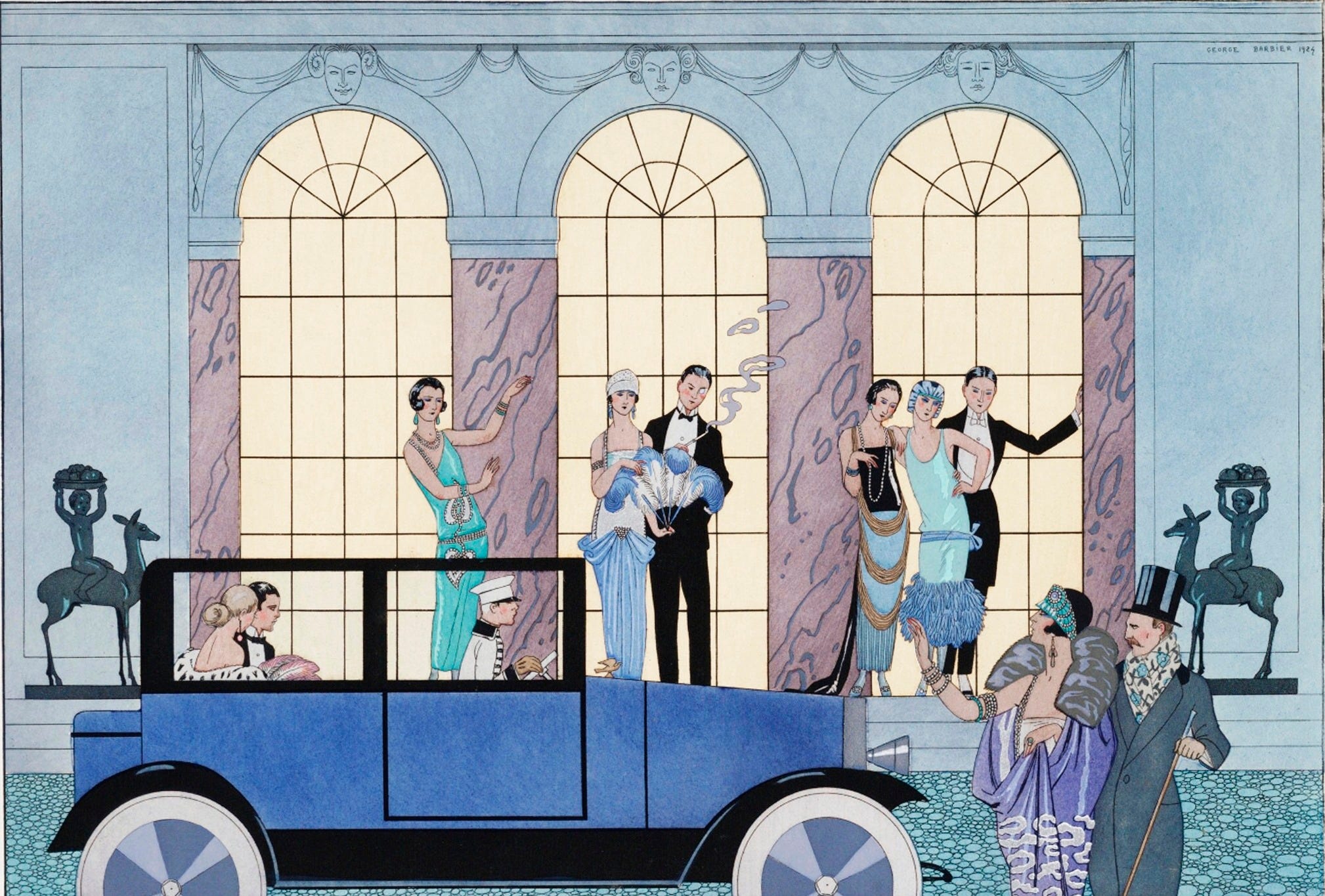
7. **Fortuitous Entry into Fashion: The Unplanned Path to Design** Despite his eventual global renown, Giorgio Armani candidly admitted that “fashion played no part, at least no apparent one, at this point in my life,” referring to his youth. He noted in his autobiography that “there seemed to be no trace of the spark of inspiration or sacred muse that most people talk about when asked how they got started.” Indeed, his entry into the fashion world was largely dictated by circumstance rather than a grand design.
“It was largely happenstance that led Mr. Armani to fashion,” specifically a “temporary job at the Milan department store La Rinascente in 1957.” His initial roles there as an “assistant photographer and window dresser” immersed him in retail’s visual language, leading to a rapid promotion to “buying supervisor,” where he was “charged with purchasing goods from India, Japan and the United States,” laying foundational knowledge without formal design training.
It was during this period that “his talents as a stylist quickly came to the attention of the men’s wear designer Nino Cerruti,” a respected figure. Recognizing Armani’s unique eye, Cerruti took a chance on him. Thus, “in 1964, with no formal fashion training, Mr. Armani found himself at the helm of Hitman, a Cerruti line of men’s clothes,” a pivotal moment that truly launched his professional design career. He remained in this position until 1970, when, nearing 40, he made the bold decision to strike out as a freelance designer.

8. **Founding the Empire with Sergio Galeotti: The Genesis of Giorgio Armani S.p.A.**Giorgio Armani’s pivotal decision to establish his own enterprise was significantly influenced by Sergio Galeotti, an architectural draftsman he encountered in the 1960s at La Capannina di Franceschi. Mr. Galeotti, who became his life and business partner, provided the crucial encouragement and vision for Mr. Armani to venture independently, making him “see the bigger world.” Their collaborative spirit and shared ambition materialized in 1975 with the formation of their company, Giorgio Armani S.p.A., funded in part by the proceeds from the sale of their Volkswagen Beetle.
Following the company’s establishment, Mr. Armani immediately introduced what would become a career-defining innovation: the unlined jacket. This design was a direct manifestation of his philosophy, signaling a definitive turn away from the rigid strictures of traditional male business attire. It embodied a novel relationship between garment and body, prioritizing ease and a “natural feel,” thereby establishing a new paradigm for modern suiting.
Early success was rapidly achieved, particularly in the United States, where his first menswear collection was notably stocked at Barney’s New York in 1976. This initial triumph was soon followed by the introduction of a womenswear collection, which further cemented the brand’s distinctive aesthetic. Mr. Armani famously articulated his design ethos by stating, “I was the first to soften the image of men, and harden the image of women,” encapsulating his androgynous yet luxurious approach.
The women’s version of his suit, characterized by its “sexy though sober styling” in fabrics like crepe or cashmere, presented a compelling alternative to the often “dull separates” or “frothy concoctions” prevalent in fashion at the time. It provided a sophisticated “occupational armor” for professional women, positioning itself as a unique form of power dressing that was both elegant and profoundly practical.

9. **Ascension to Global Recognition: The Time Cover and Critical Acclaim**Giorgio Armani’s ascent to global recognition was remarkably swift and impactful. By 1982, his influence had become so profound that he was featured on the cover of Time magazine, a distinction held by a fashion designer only once before, by Christian Dior, four decades prior. This monumental moment underscored his burgeoning status as a cultural icon and a transformative figure in the fashion industry.
Despite this widespread acclaim, Mr. Armani was not without his critics. Harold Koda, a former head curator of the Costume Institute of the Metropolitan Museum of Art, recounted that publicist Eleanor Lambert, in the mid-1980s, asserted that “Armani had destroyed fashion.” Lambert believed his consistent aesthetic had created “a new uniform that was so consistent it made anything that looked merely fashionable look transient and disposable.”
Mr. Armani, however, remained outwardly unperturbed by such critiques. His family-held company, bolstered by substantial advertising budgets that generated lavish and largely reverent press coverage, allowed him to maintain a steady course. This “unruffled self-assurance” proved prescient, as the fashion pendulum eventually swung back, leading to a resurgence of 1980s styles and a renewed appreciation for his foresight and timeless design principles.
His striking personal presence—marked by “piercing blue eyes, a mahogany tan and an athletic physique he would enjoy displaying well into his 80s”—also contributed to his early pop culture celebrity. He was “lionized as ‘King Giorgio'” in the Italian media, embodying an “assured yet ascetic aura” that captivated the fashion press and the public alike during an era when designers themselves began to emerge as figures of mass entertainment.

10. **Grief and Business Acumen Amidst Loss: The Passing of Sergio Galeotti**The apex of Mr. Armani’s early success was tragically interrupted by the news in 1985 that his partner, Sergio Galeotti, was infected with H.I.V. Mr. Galeotti subsequently died at the age of 40, with news accounts attributing the death to a heart attack, although it was widely understood to be complications of AIDS. This profound personal loss occurred during a period when effective treatments for the virus were not yet available, leaving Mr. Armani to navigate immense grief.
Recounting the period in his autobiography, Mr. Armani wrote, “During that dreadful year I lived as though I were holding my breath, without thinking about the inevitable, working day in and day out.” The emotional toll was compounded by the unexpected burden of assuming sole responsibility for the company’s business operations. Many observers harbored doubts regarding his capacity to manage both the creative and commercial aspects of the burgeoning enterprise, with Mr. Armani noting that “Most people… thought I wouldn’t be able to make it.”
Yet, his inherent business acumen, which had always been a quiet strength, proved undeniable. Despite the profound personal challenge, the Armani empire not only persevered but thrived, transforming into a formidable “high-octane machine” with a globally recognized brand name and extensive international outposts. This period underscored his resilience and singular ability to navigate adversity while maintaining a clear vision for his company’s future.
Reflecting on his approach to the past, Mr. Armani famously declared in the documentary “Made in Milan,” “I love the past, but I try not to be its victim.” While some critics perceived a nostalgic inclination in his work following Mr. Galeotti’s death, noting “softly tailored men’s wear whose unmistakable homoerotic charge seemed lost in an earlier time,” this commitment to his core aesthetic also contributed to the timeless quality that would ultimately define his legacy.

11. **The Sprawling Armani Conglomerate: Diversification and Global Reach**Giorgio Armani’s visionary leadership extended far beyond haute couture, establishing him as an instinctive and astute industrialist. His name ultimately became attached to a sprawling conglomerate that diversified into an extensive array of products and services, creating a universally legible brand. This included multiple clothing lines, fragrances, cosmetics, shoes, watches, and jewelry, demonstrating a comprehensive approach to the luxury market.
Beyond fashion accessories, the Armani empire also expanded into hospitality, with a network of luxury hotels and restaurants, including the Armani Hotel Dubai within the world’s tallest building, the Burj Khalifa. In Milan, he inaugurated a vast Armani complex occupying an entire block, offering a diverse range of Armani products from chocolates and flowers to jewelry, alongside functioning as a nightclub and luxury hotel. His designs also permeated the performing arts, gracing as many as 250 movie, opera, and theater productions.
Mr. Armani’s influence was also prominently visible in the realm of sports. A longtime enthusiast, he acquired Olimpia Milano, Italy’s most successful basketball team, in 2008. He further launched EA7, a sports apparel range, and designed the Italian team’s uniforms for multiple Olympic Games, including London 2012, Rio de Janeiro 2016, and Tokyo 2020. His business model, characterized by the principle that “20 percent of the products earn 80 percent of the profits,” became a recognized standard in fashion academies.
The brand’s reach even extended to the skies, with Mr. Armani designing uniforms for Alitalia flight attendants, and onto the soccer pitch for English and German teams. This extensive diversification underscores his remarkable ability to translate his aesthetic principles and brand identity across vastly different sectors, creating a truly global lifestyle empire rooted in Italian elegance.

12. **Enduring Aesthetic and Legacy: Timelessness in a Fleeting Industry**The house that Giorgio Armani meticulously constructed over decades was built upon a commitment to well-fitting classics, characterized by expert tailoring and a pragmatic approach infused with an elevated flair. His design philosophy centered on achieving elegance and timelessness through simplicity, resisting the transient nature of fashion trends. The Armani brand, encompassing everything from silken suits to potent colognes, is consistently described as rich not merely in price, but profoundly in substance.
This dedication to a consistent, refined aesthetic resulted in a legacy of timelessness that continues to resonate powerfully. In an industry often defined by rapid cycles of innovation and obsolescence, the precision and enduring appeal of Armani’s tailoring have fostered a burgeoning secondhand market for vintage designs. This market reflects a sustained appreciation for his distinctive style, which maintains its relevance decades after its initial introduction.
Contemporary figures continue to favor his creations, demonstrating their enduring power and versatility. Notably, Cate Blanchett chose a silk, two-piece suit by Armani for her appearance at Wimbledon in 2025, highlighting how his pantsuits continue to provide women with a powerful and sophisticated alternative in both professional and social settings. Such instances underscore the continued adoption of his designs by those who embody authority and understated style.
As peer designer Ralph Lauren eloquently stated, Mr. Armani was a designer “who never strayed from his vision.” This unwavering adherence to his core principles, coupled with a deep respect for his heritage and personal values, ensured that his contributions transcended mere fashion, establishing a unique and lasting imprint on global style and culture.
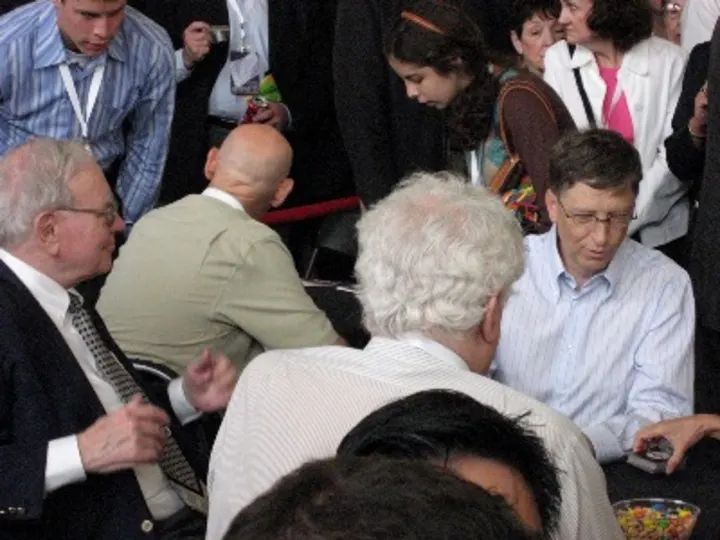
13. **Accolades and Philanthropic Endeavors: Acknowledging a Global Contributor**Giorgio Armani’s monumental contributions to fashion and culture were met with numerous prestigious accolades throughout his lifetime. In 2021, he was recognized with the Grand Officer of the Order of Merit of the Italian Republic, one of the nation’s highest honors. Additionally, the Council of Fashion Designers of America bestowed upon him a Lifetime Achievement Award, acknowledging his profound impact on the global fashion landscape and his enduring influence.
Beyond the realm of design, Mr. Armani also embraced significant ambassadorial roles, reflecting a commitment to broader humanitarian efforts. In 2002, he was appointed as a Goodwill Ambassador for the United Nations’ refugee agency, UNHCR. This role underscored his awareness and engagement with global issues, aligning with his stated philosophy of being “Always mindful of the needs of the community,” particularly in supporting his cherished city of Milan.
Demonstrating foresight for the future of his enterprise, Mr. Armani established a charitable foundation in 2017. This foundation, with Pantaleo Dell’Orco serving as a board member, was created to “forestall future takeovers of the multibillion-dollar, privately held company,” ensuring the continuity and independence of his legacy beyond his personal oversight. This act underscored his commitment to securing the brand’s future according to his foundational values.
The widespread respect for Mr. Armani was also evident in the tributes from his peers following his passing. Miuccia Prada and Patrizio Bertelli acknowledged him as a “Maestro recognized for his elegance and creativity,” an “undisputed protagonist of Italian and international fashion.” Similarly, Belgian designer Raf Simons praised Mr. Armani as “a visionary whose creative genius defined elegance and sophistication in fashion,” affirming his indelible mark on the industry.
14. **Succession and the Future of the Armani Group: Maintaining Independence**In an era increasingly dominated by luxury conglomerates such as LVMH and Kering, Giorgio Armani maintained a distinct position as one of the few designers who remained the sole shareholder of his company. This singular ownership allowed him unparalleled creative and strategic control, a rarity in the contemporary fashion industry that speaks to his formidable business acumen and fiercely independent spirit.
Throughout his later years, Mr. Armani remained notably circumspect regarding his succession plans, offering little public clarity on the future leadership of his multi-billion dollar enterprise. He famously stated to GQ, “There will be plenty of time for others later. As long as I am here, I am the boss,” reflecting his unwavering dedication and hands-on approach until his final days. This steadfast control left observers to speculate on the continuity of the brand.
Analysts at Bloomberg Intelligence valued the privately held Armani business between 8 to 10 billion euros (approximately $9.3 billion to $11.7 billion) in 2024. To safeguard the company’s independence and vision, Mr. Armani established a charitable foundation in 2017, explicitly designed “to forestall future takeovers” and ensure the brand’s enduring autonomy, echoing his desire for the company to remain true to its founding principles.
In the wake of his passing, the Armani Group released a statement from his employees and family, affirming their collective commitment: “But it is precisely in his spirit that we, the employees and the family members who have always worked alongside Mr. Armani, commit to protecting what he built and to carrying his company forward in his memory, with respect, responsibility, and love.” This collective resolve signals a continuity of his ethos within the company, despite the absence of an obvious named successor.
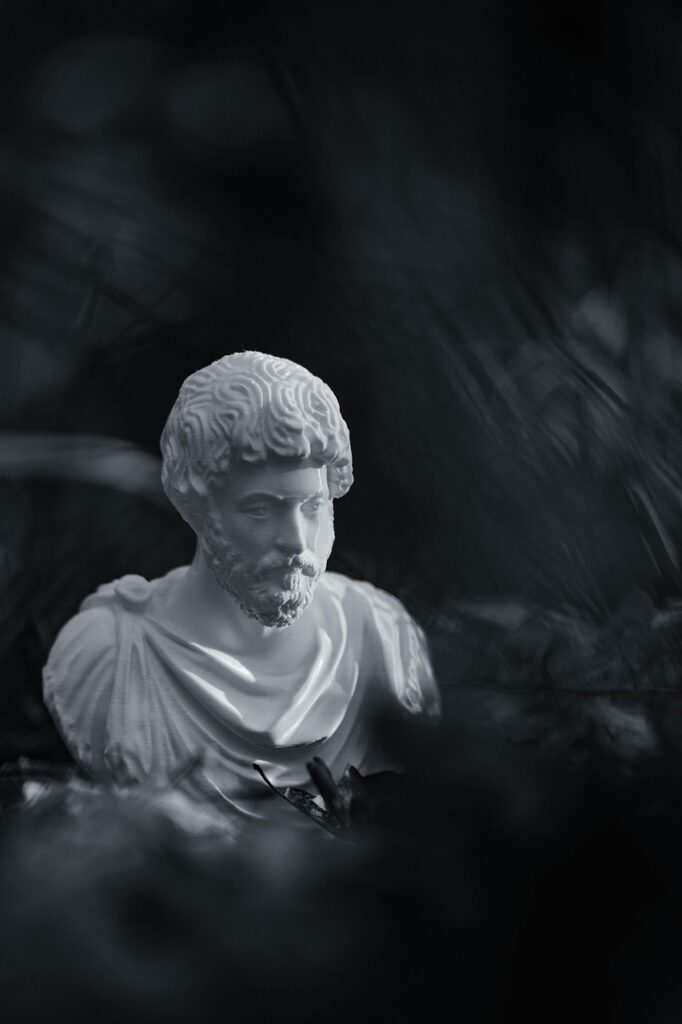
15. **Personal Philosophy, Work Ethic, and Private Life: The Man Behind the Empire**Giorgio Armani was widely acknowledged as a figure of tireless dedication, famously working “until his final days.” While he was hesitant to label himself a “workaholic,” he readily affirmed that “hard work is certainly essential to success.” In a candid reflection, he articulated his primary regret in life: “spending too many hours working and not enough time with friends and family,” a testament to the profound commitment he held for his enterprise.
Giorgio Armani was widely acknowledged as a figure of tireless dedication, famously working “until his final days.” While he was hesitant to label himself a “workaholic,” he readily affirmed that “hard work is certainly essential to success.” In a candid reflection, he articulated his primary regret in life: “spending too many hours working and not enough time with friends and family,” a testament to the profound commitment he held for his enterprise.
Despite amassing an estimated fortune of $11.5 billion, Mr. Armani maintained a reputation as an “oddly isolated and ascetic figure.” His personal routine often involved quiet evenings at home, watching television in the company of his cats, Angel and Mairi. This understated private life stood in stark contrast to the global glamour of his brand, underscoring a grounded personal philosophy.
His immense material rewards, which included an 18th-century Milanese palazzo, a penthouse on Central Park West, a cliff-hanging retreat in Antigua, and a custom 213-foot yacht, were extensive. Yet, these possessions seemed secondary to his relentless pursuit of creative excellence and business expansion. His passion for cinema, initially a refuge from wartime terrors, remained a lifelong love, with Mr. Armani once lamenting, “I would like to have been a director.”
While Mr. Armani never entered into another partnership as intimately significant as that with Sergio Galeotti, he maintained a decades-long relationship with Pantaleo Dell’Orco, an Armani executive and board member of his charitable foundation. He is survived by his sister, Rosanna, with his brother, Sergio, having passed in 1996. Mr. Armani’s funeral, held in Milan on September 6-7, was a private ceremony, as he had expressly requested, reflecting the discretion that characterized his personal life.
Giorgio Armani’s passing marks the end of an extraordinary era, yet his legacy is poised to endure as a foundational pillar of modern fashion. His unparalleled vision, business acumen, and unwavering commitment to an aesthetic of understated elegance have not merely shaped what we wear, but how we perceive style, authority, and aspiration. The empire he built, characterized by its timeless designs and global reach, stands as a testament to a maestro who truly redefined the rules of fashion, leaving an indelible mark on culture that will continue to inspire for generations to come.

